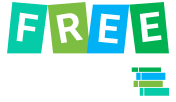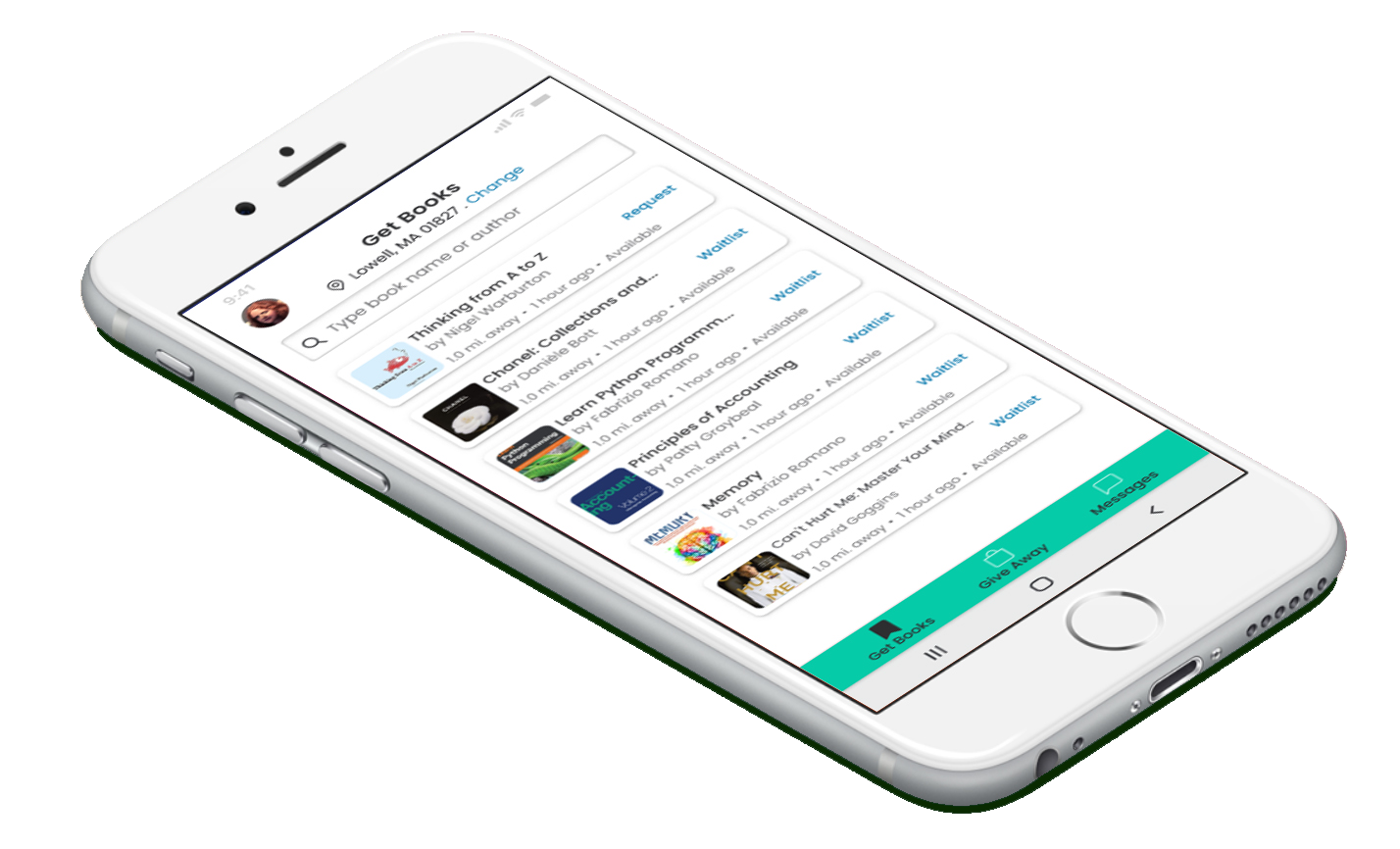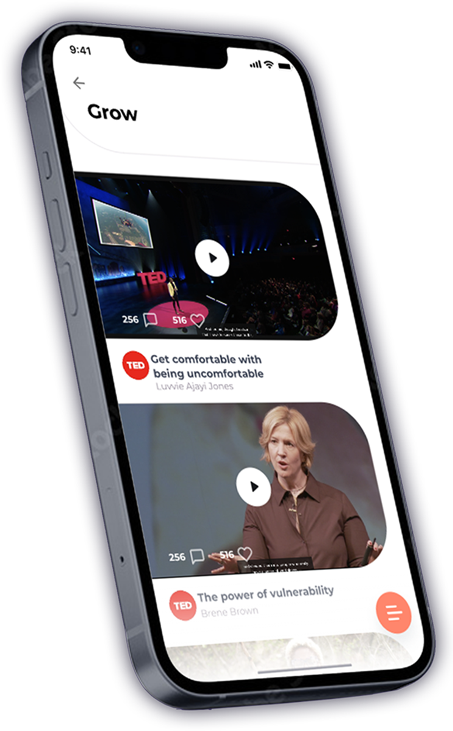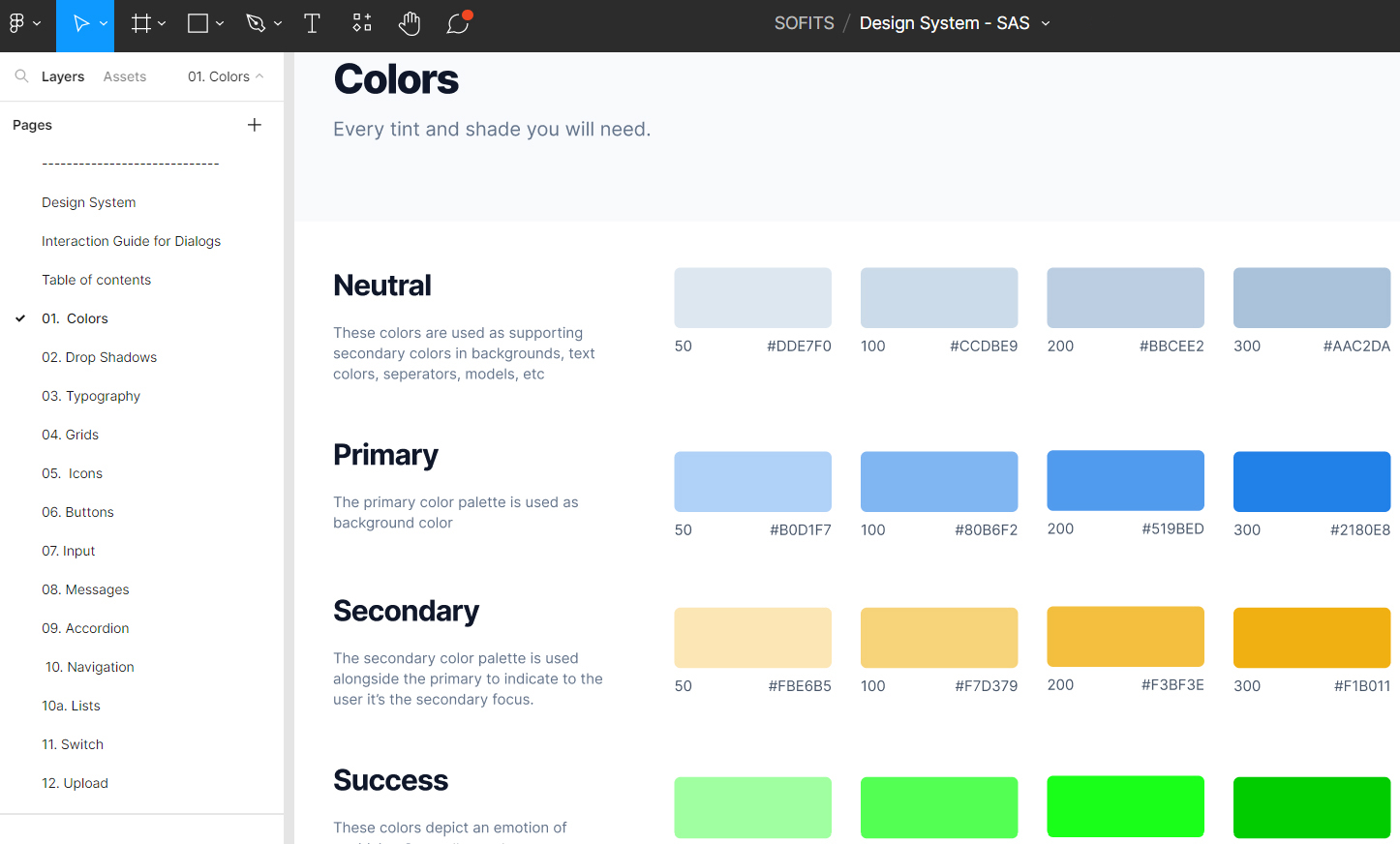Check out samples of my selected work below.


Momenteer
2021 | Mobile App
Assist BIPOC women in mental health every moment.
(Finalist for Adobe Creative Jam Challange)


Style Guide
2022 | Brand Application
Collaborating on design implementation for designers and engineers.

